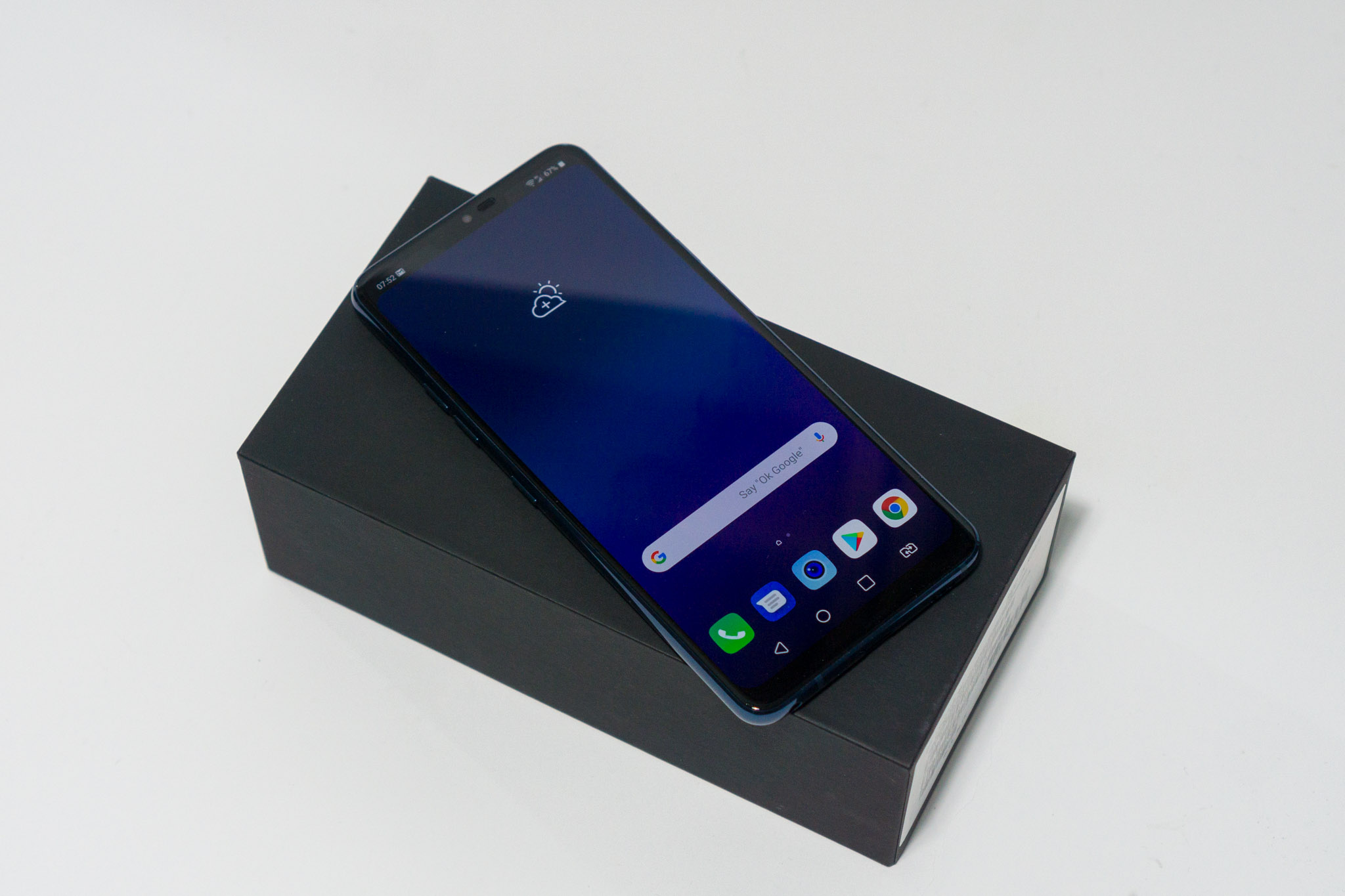
The year of bezel-less and notched smartphones with AI cameras continue, now LG’s latest G7+ ThinQ smartphone joining recent flaghips from other manufacturers. The feature list is starting to become routine, and while the G7+ ThinQ struggles to stand out, it does bring some interesting features to the table.
Considering several bold LG designs from some years past, LG has taken a very safe approach with the G7+ ThinQ. This follows a similarly safe G6, which proved to be quite successful.
At first glance, you’ll immediately notice two of the key 2018 smartphone features in the G7+ ThinQ: that notch, and the elongated aspect ratio. The 6.1-inch display on the G7+ ThinQ is actually more elongated than the 2018 norm of 18:9 – it’s 19.5:9.
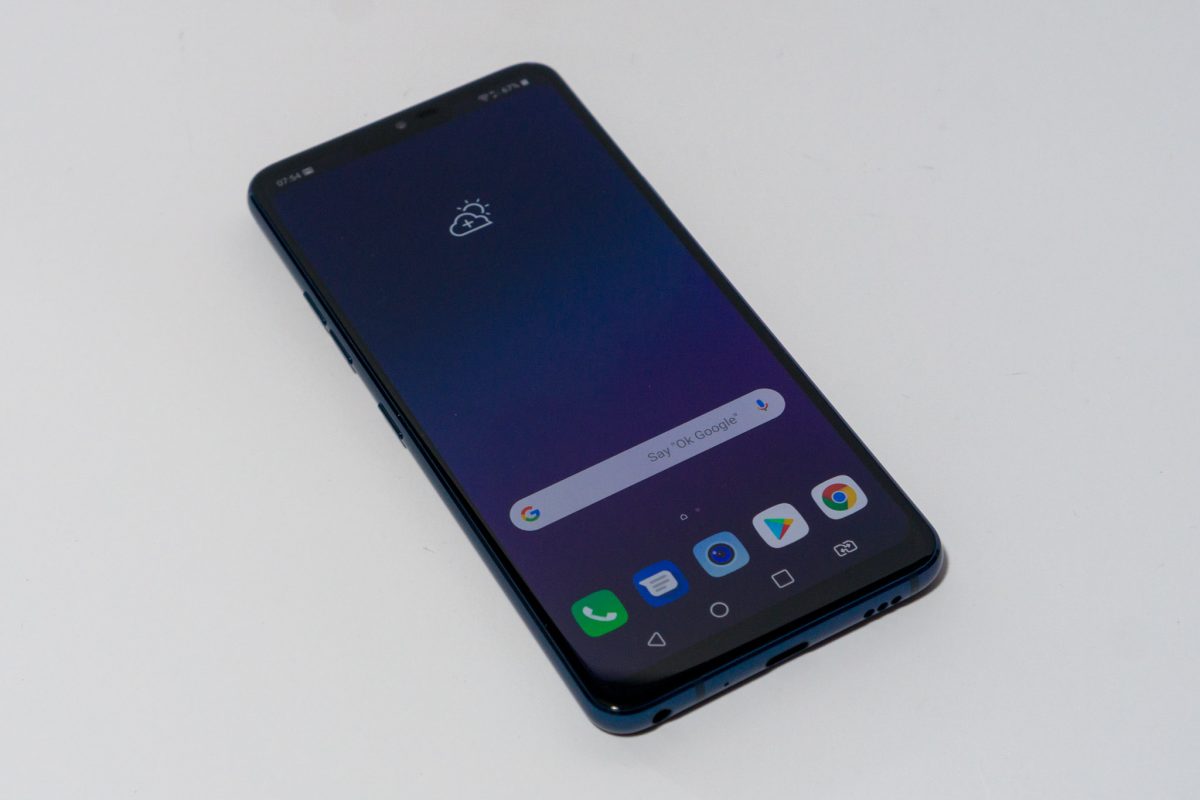
The extra length adds more screen real estate and pixels to the G7+ ThinQ’s display. At 1440 x 3120 resolution, this 6.1-inch display has 564 PPI pixel density. There’s still a chin below the display, though that space is nicely matched up with the notch space at the top of the phone.
The LG G7+ ThinQ’s display uses an IPS LCD panel. While this does mean it doesn’t give you the deep blacks that make OLED screens look so appealing, the G7+ ThinQ’s display can get super bright. I mean really very super bright, like even after you max out the brightness slider in the Quick Settings tray, you can still activate a “Super Bright Display” feature that further boosts the display brightness. You get 1,000 nits of brightness, which makes the G7+ ThinQ’s display look very good even under direct sunlight! For comparison, most other smartphones max out at around 500 nits although, notably, the Samsung Galaxy S9 Plus also does 1,000 nits.
This IPS LCD looks really good with crisp vivid colours. This is also the first smartphone to provide HDR10 support. Furthermore, despite this being more of an OLED feature, the G7+ ThinQ’s display has an always-on feature, so you can always see the time and check your notification icons.
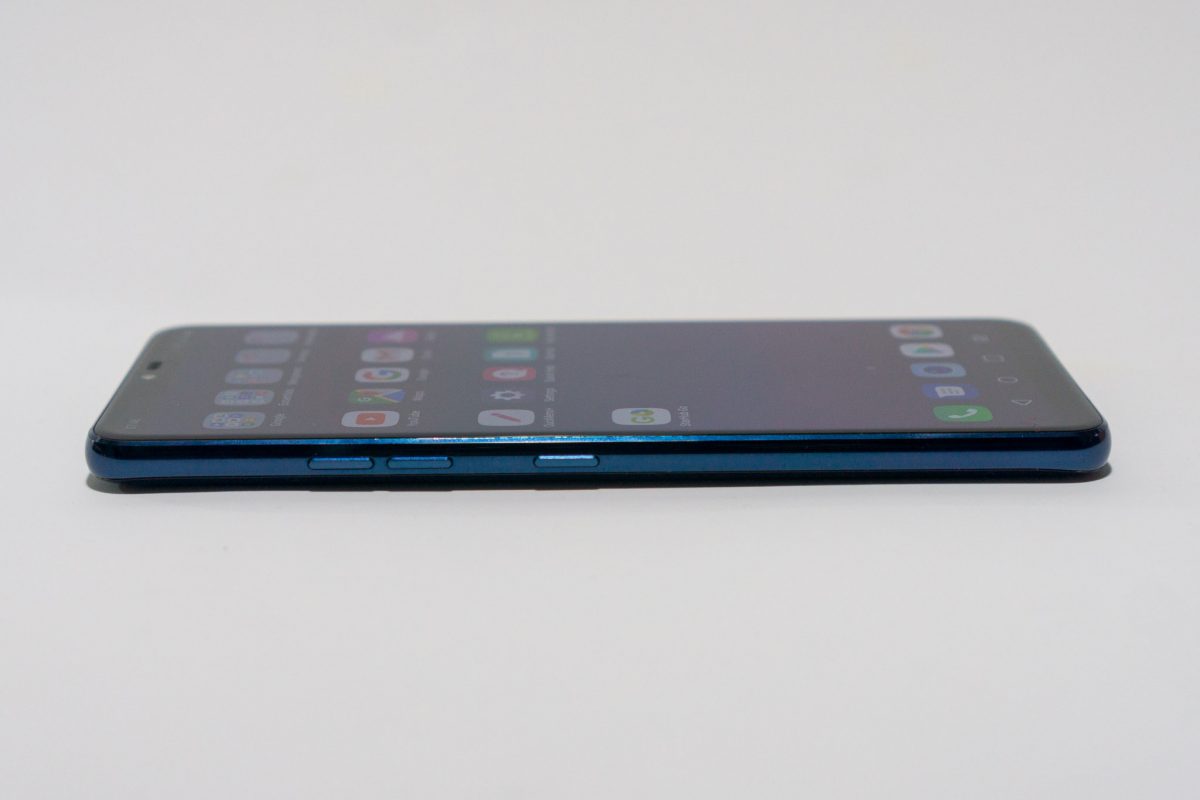
The volume rocker is on the left side of the phone. The extra button below is not the power button, which is on the right side of the phone, but a dedicated button to activate Google Assistant. It’s basically like Samsung’s dedicated Bixby button, and just as annoyingly, you can’t remap it to anything else. You can disable this Google Assistant button though. You might like this button if you are heavily dependent on Google Assistant.
To help Google Assistant work better, the G7+ ThinQ incorporates a Super Far Field Voice Recognition technology that enables it to recognise voice commands from up to 5 metres away. This means you can use the G7+ ThinQ from across the room, like you might do with the Google Home.
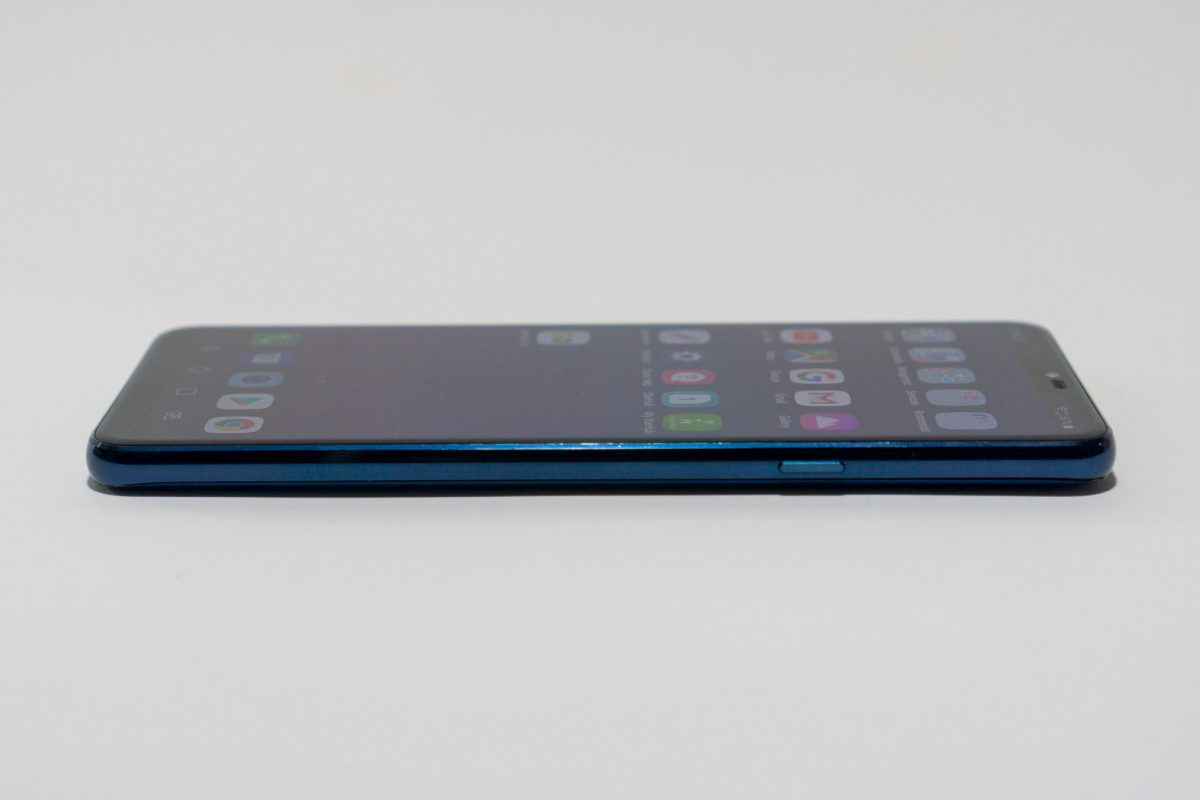
The SIM card tray is at the top of the G7+ ThinQ. This tray accommodates two nano-SIM cards, and instead of the 2nd SIM, you can put a microSD card for expanded storage.
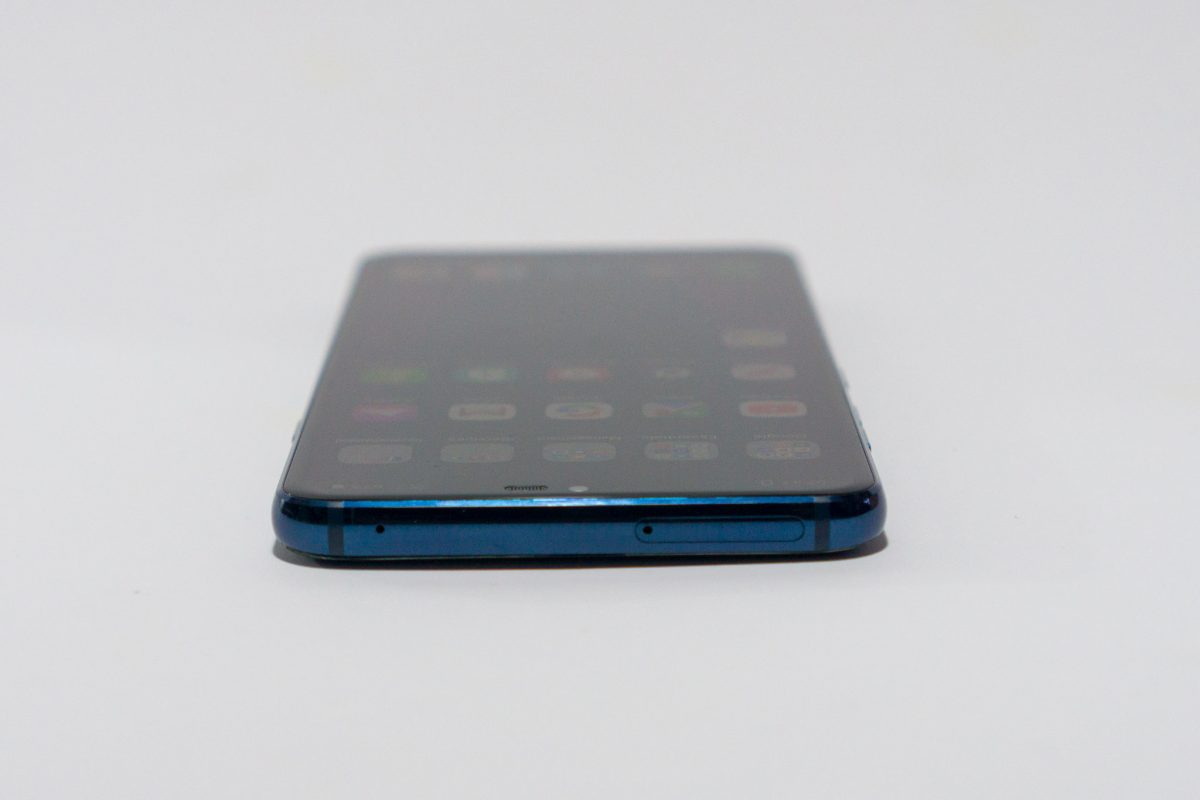
A nice feature nowadays that is worth nothing, you do get a 3.5 mm audio jack at the bottom of this smartphone. Apart from that, there is a USB Type-C (USB-C) port which supports Quick Charge 3. The G7+ ThinQ also supports wireless charging. There’s also a single downward firing speaker to the right of the USB-C port.
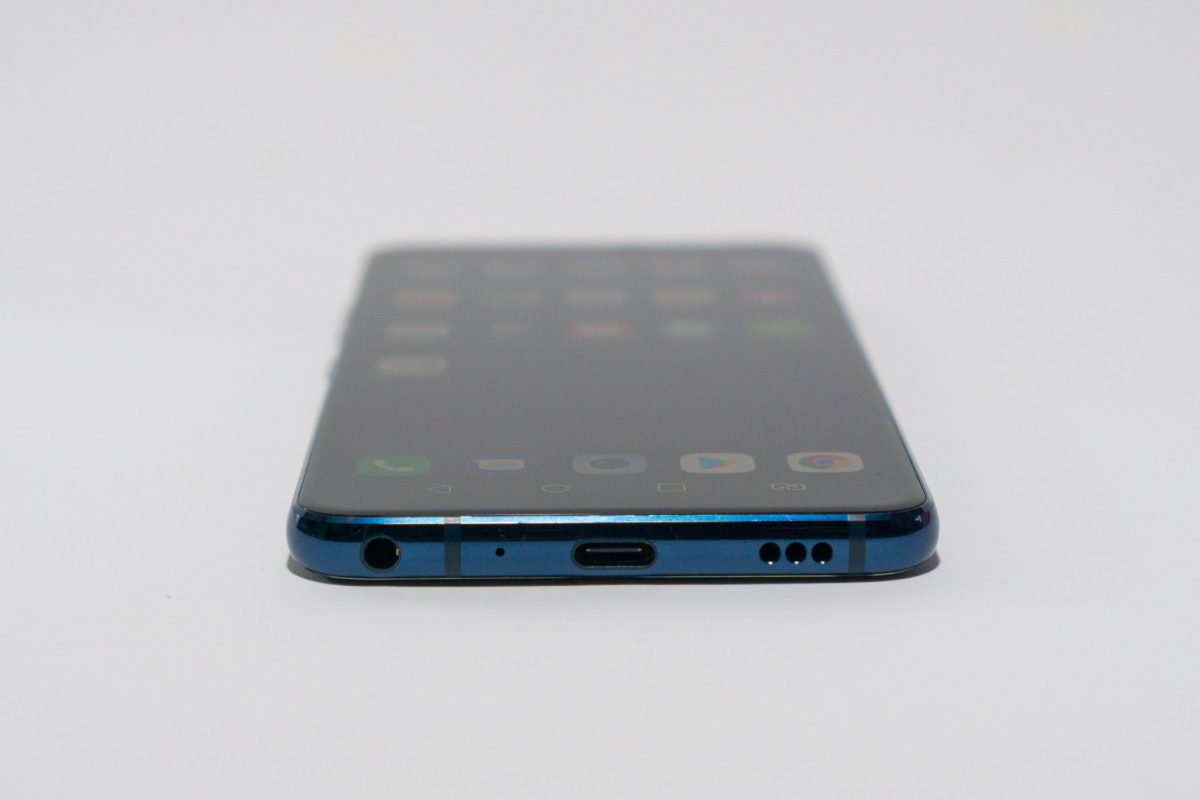
The single downward firing speaker on the right of the USB-C port has a cool Boombox feature. It uses the smartphone’s chassis as a resonance chamber to pump out loud music with substantial bass, particularly when you rest the G7+ ThinQ on a table. This will not replace a Bluetooth speaker, but it may well be the next best thing to having to carry around an extra gadget.
While we’re on the topic of music and sound, the G7+ ThinQ’s 32-bit HiFi quad DAC may appeal to audiophiles. It uses the same Sabre ES9218P model found in the LG V30+.
Around on the back of the LG G7+ ThinQ, you’ll find a dual camera setup. It has a 16 MP sensor with f/1.6 lens and optical image stabilisation, and a 16 MP f/1.9 107° wide-angle lens. The two different fields of view, plus AI software, enables the G7+ ThinQ camera to take great photos. The AI engine categorises scenes into 19 different shooting modes, automatically adjusting camera settings to deliver the best results. The camera software looks quite capable, with lots of controls and manual camera mode.
Like a companion to the Super Bright Display on the front, the rear camera has a Super Bright Camera mode that boots up brightness by four times in low-light situations.
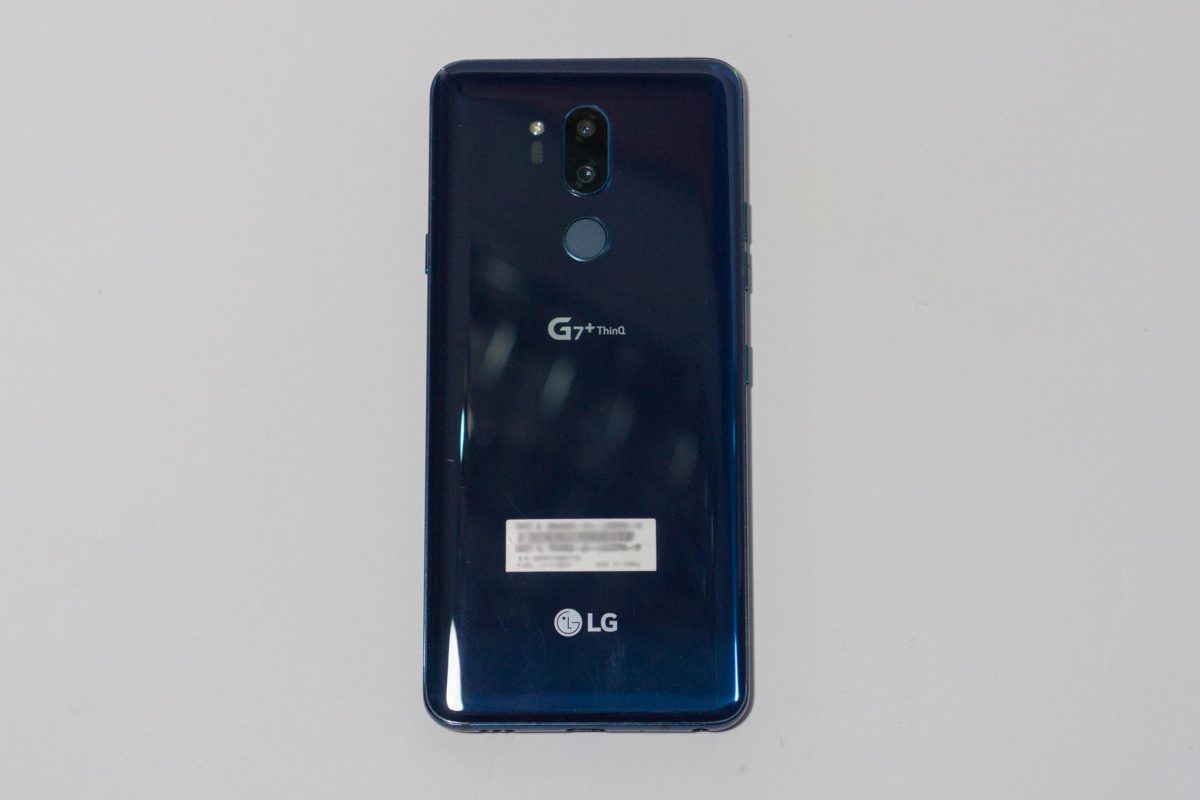
The fingerprint sensor below the camera is easy to reach, and works as well as it should. You can opt to use facial recognition via the front-facing IR camera as an alternative biometric unlock method.
Under the hood, the LG G7+ ThinQ is powered by Qualcomm Snapdragon 845 Octa-core processor with 6 GB of LpDDR4x RAM and 128 GB of storage (expandable to 2 TB via MicroSD). In my testing, the G7+ ThinQ performs admirably, with Geekbench 4 scores of 2456, 9084, and 13934 for single-core, multi-core, and compute tests.
For connectivity, the G7+ ThinQ has LTE Cat 16 (up to 1024 Mbps), 802.11a/b/g/n/ac, Bluetooth 5.0 BLE, and NFC. The 3000 mAh capacity battery seems to be on the small side, and indeed, battery life of this smartphone isn’t impressive.
Overall, the G7+ ThinQ is compact despite having a 6.1-inch display. It measures 153.2 x 71.9 x 7.9 mm, and weighs 162 grams.
The LG G7+ ThinQ runs Android 8.0 with planned upgrade to Android 9.0. The LG software skin is easy to use, and overall it offers a very pleasant and fluid experience.
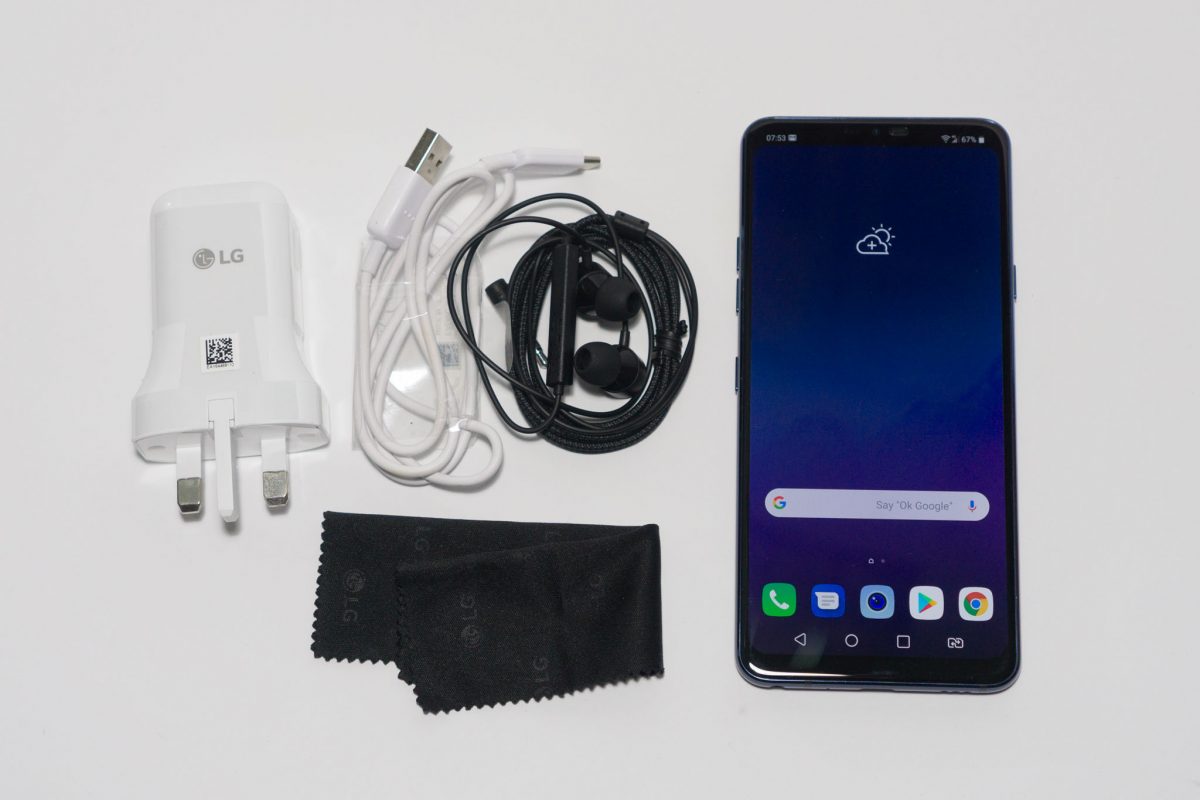
In the box, the G7+ ThinQ comes with in-ear headphones, charger, USB-C charging cable, and a cleaning cloth. The cloth is definitely useful as the back of this smartphone is an excellent fingerprint magnet.
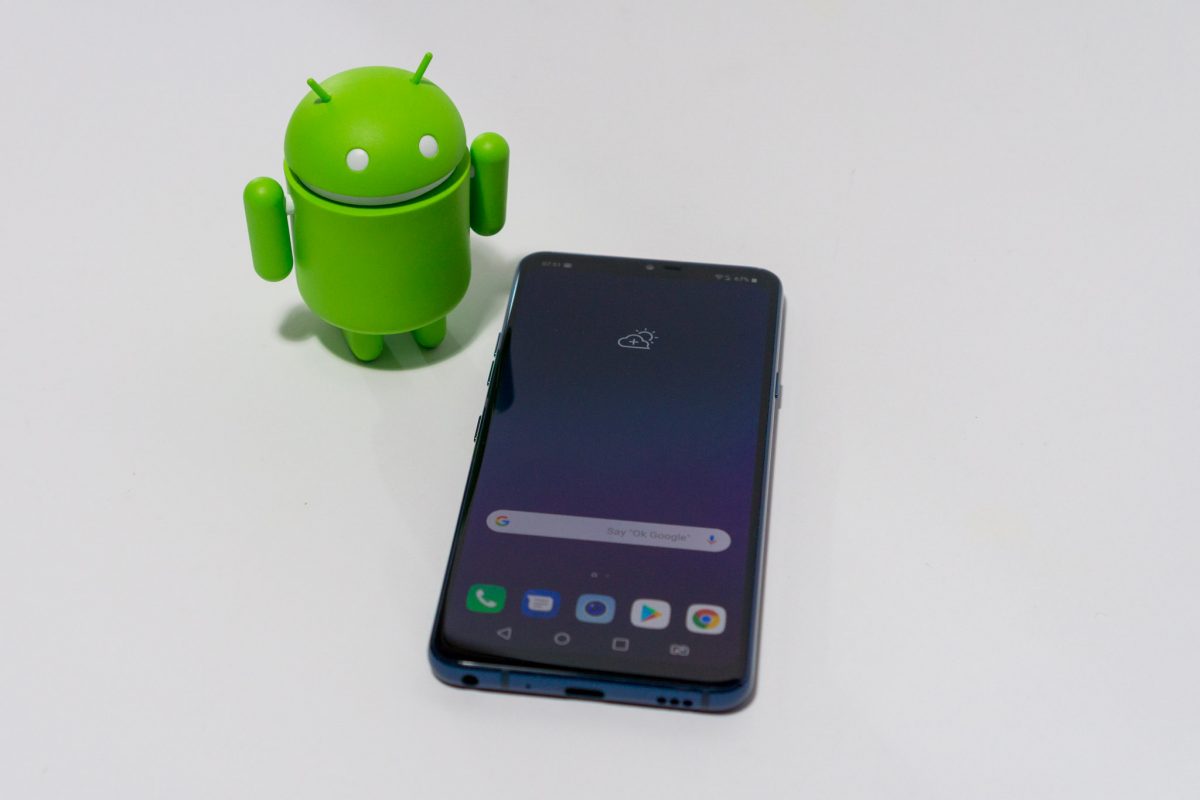
The LG G7+ ThinQ retails for S$1198. The available colour options are New Platinum Gray, New Aurora Black, New Moroccan Blue, and Raspberry Rose.
In case you’re wondering, there’s a similar G7 ThinQ, without that ‘+’. This is basically the same smartphone but with 4 GB RAM and 64 GB internal storage. This variant is not officially sold in Singapore.
Conclusion
The LG G7+ ThinQ has a very safe design, but has enough unique features to help it stand out from other flagships.
Pros:
- Super bright LCD display works very well even in direct sunlight
- Dual rear camera takes great photos
- 32-bit HiFi DAC may appeal to audiophiles
- Boombox speakers
Cons:
- Battery life is below average
View Comment Policy